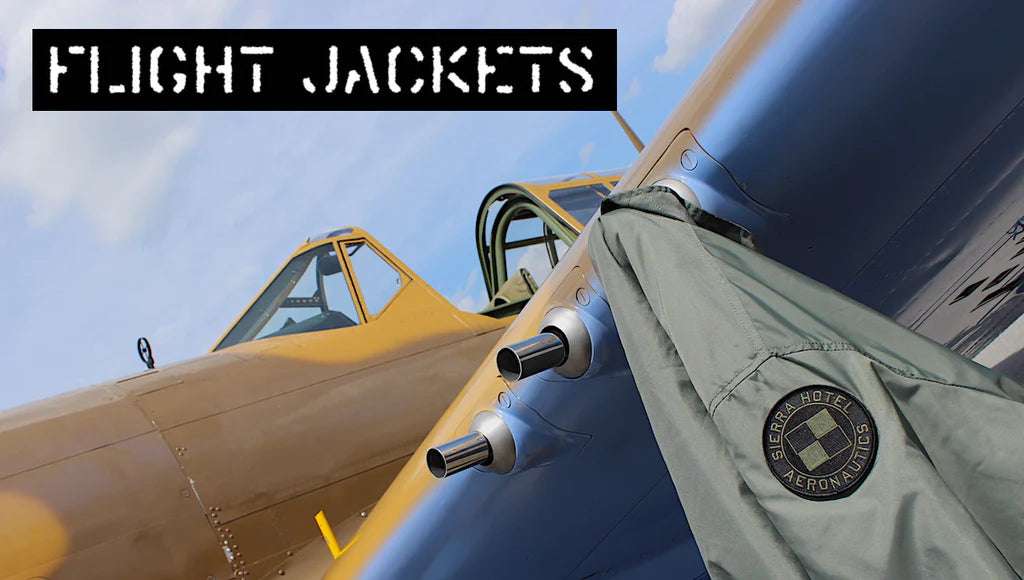The SR-71 Blackbird

December 22nd, 1964, Lockheed's Skunk Works and the brainchild of Kelly Johnson, the ultra-secret Strategic Reconnaissance SR-71, first took to the skies! She was designed with a minimal radar cross section, loaded with electronic countermeasures, and a deep black paint to increase its internal heat emission and act as nighttime camouflage. The stealthy, sleek air breather came to be known by her nickname...the Blackbird!
The Blackbird was known as the fastest aircraft around, with speeds over Mach 3 at 80,000 feet, but that is the official release. Those who flew her knew she could go faster and higher.
She carried no weapons but did not need any. Her best defence was extreme speed that enabled Blackbird crews to quickly egress any area or situation the crew did not like.
She carried no weapons but did not need any. Her best defence was extreme speed that enabled Blackbird crews to quickly egress any area or situation the crew did not like.

The SR was as unique as an aircraft could possibly be, with specially designed tires created by B.F. Goodrich to endure the unusually high landing speed of 170kts. The tires contained aluminum and were filled with nitrogen at a cost of $2,300 and only lasted 20 touchdowns. Her cooling was carried out by cycling fuel behind the titanium surfaces in the chines. The special windscreen of the cockpit was made of quartz and was fused ultrasonically to the titanium frame to act as thermal armour against the extreme atmospheric friction, on landing, the canopy temperature regularly reached over 572 °F.
The Blackbird also incorporated corrugated skin that allowed expansion vertically and horizontally and increased longitudinal strength. As a matter of fact, the Blackbird landed 6 inches longer than before takeoff. Before taking flight, the aircraft spewed fuel from every crack and crevasse due to her specially designed, loosely fit fuselage panels. This was no design mistake, as it was the only way to allow the Blackbird to do what only she could do. After takeoff, the crew would purposely accelerate to cook the aircraft surface and expand the airframe to achieve proper sealing and panel alignment.

The SR-71 also incorporated unique pointed, movable cones at the front of each inlet, called a "spike," which was locked in its full forward position on the ground and during subsonic flight. When the aircraft accelerated past Mach 1.6, an internal jackscrew moved the spike up to 26 inches to cruise at over Mach 3.2 while keeping airflow into the engines at steady subsonic speeds. In a situation where the spikes were incorrectly positioned, a resultant shock wave would blow out the front of the inlet, called an "Inlet Unstart," causing an afterburner extinction and an asymmetrical thrust condition would yaw the Blackbird violently to one side. The extreme off-angle would reduce airflow in the opposite engine and stimulate "sympathetic stalls." This generated a rapid counter-yawing, coupled with loud "banging" noises, that would smack the crews' helmets against their cockpit canopies.
Specialized pressurized suits were produced by David Clark for the SR-71 to help keep the crew safe at over 80,000 feet The cockpit was pressurized to an altitude of 10,000 or 26,000 ft during flight, while a powerful cooling system maintained a survivable temperature environment inside, during cruise at Mach 3.2. At speed, the aircraft's external surface was beyond 500 °F, and in an emergency ejection at Mach 3.2, crews would be subjected to temperatures in excess of 450 °F

Pictured: The view from the SR-71 as she climbs through 73,000 feet ( Flight Level 7300)
The Blackbird was designed to be at its optimal flight efficiency at Mach 3.2 The design was so efficient that pilot Brian Shul discovered on one mission that the SR-71 was even more efficient at speeds higher than Mach 3.2 in terms of pounds of fuel burned per nautical mile travelled, depending on outside air temperature as he was trying to evade incoming SAMs. She burned less the faster she flew!
In her years of operation, the Blackbird completed over 3,551 Mission Sorties Flown,17,300 Sorties, 53,490 Total Flight Hours, and over 11,675 hours of Mach 3 Time.... in all her years of service, she only lost one crew member.
The SR-71 Blackbird did not give her crews a smooth, comfortable ride, but she gave a ride that no other aircraft could offer....she was "Untouchable!"
In her years of operation, the Blackbird completed over 3,551 Mission Sorties Flown,17,300 Sorties, 53,490 Total Flight Hours, and over 11,675 hours of Mach 3 Time.... in all her years of service, she only lost one crew member.
The SR-71 Blackbird did not give her crews a smooth, comfortable ride, but she gave a ride that no other aircraft could offer....she was "Untouchable!"
.













Hi sierrahotel.net admin, Thanks for the well-structured and well-presented post!
Leave a comment